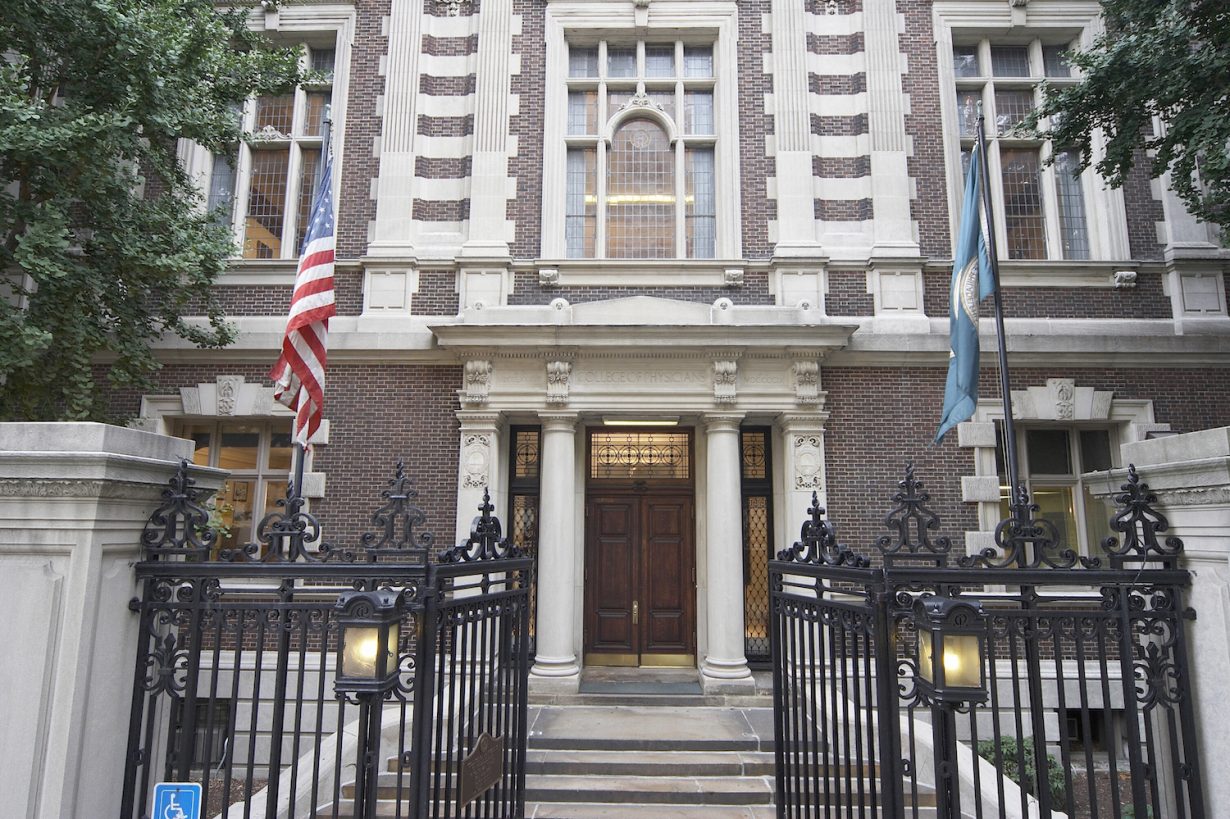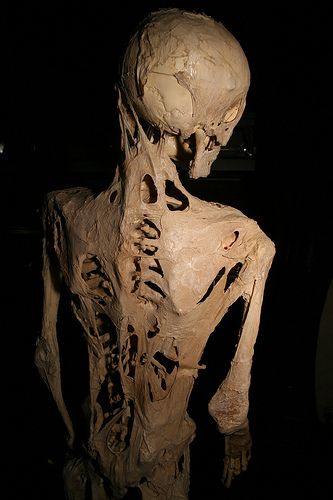The conflicted relationship between historic institutions and the collections they are meant to care for
Recently I was at a university museum in northern Europe staring at some amputated hands and feet held in formaldehyde. The limbs, terribly deformed, might have been severed during the life of a patient, suffering from Hansen’s disease (that is, leprosy) in the late eighteenth century, or they could have been removed after death. No one was too sure. I’ll refrain from naming the institution because I don’t think their tiny team deserve the type of controversy that is enveloping the Mütter in Philadelphia, a museum dedicated to medical history currently embroiled in a row over its decision to remove a series of nineteenth-century body parts that have long been on display. The museum I visited was open mainly to researchers and by appointment only. I took hundreds of photographs of archival records (much of which recorded the intimate medical history of people long dead); wax models, based on real faces, that had aided generations of medical students; medical equipment and old fraying photographs. The one thing I was asked not to take a picture of, my guide conscious about the potential ethical minefield surrounding the specimens, were the hands and feet.
The Mütter has been exhibiting a similar array of ‘wet’ (preserved in large jars of discolouring liquid) and ‘dry’ (desiccated remains) body parts since 1863, after an initial donation by an American surgeon intent on establishing an educational ‘cabinet museum’, showing them alongside a collection of over 20,000 medical implements and anatomical models. The human remains on show range from syphilitic skulls and skeletons deformed by corsets to the single liver of a pair of conjoined twins and a baby born with two heads. Two years ago, however, a new leadership team took over the institution with the appointment of geneticist Mira Irons as president of the College of Physicians of Philadelphia, America’s oldest private medical society, which runs the museum, who in turn hired Kate Quinn, who was previously the director of the Michener Art Museum, in Pennsylvania.

Irons and Quinn convened a panel of experts to determine the ethics of keeping the human remains on display, a practice that remains internationally accepted from the Egyptian mummies in the British Museum to Sedlec Ossuary, the chapel underneath a cemetery in Kutná Hora in the Czech Republic. Nonetheless, the International Council of Museums ethical guidelines on this are woolly, merely stating that ‘human remains should be stored and displayed with dignity, in appropriate environmental conditions’ and ‘human remains should only be displayed or used scientifically in circumstances where the highest professional standards can be implemented’. What is dignified, and what those standards are, is not elaborated on: as transpired amidst the legal, religious and media controversy surrounding Gunther von Hagens’s internationally touring Body Worlds shows of plastinated bodies in the early 2000s. While there were poignant moments, he also showed, in rented exhibition halls, dead humans playing poker and riding dead horses. In the light of these guidelines, some of the changes at the Mütter seem appropriate and proportionate: a video that was removed from the museum’s YouTube channel – in which a curator pretends to clean the teeth of a skull – is just inane. More concerning for the institution’s fans was the apparent disappearance of objects from display without further public consultation.
The decision to reconsider the display comes at a time marked by a spate of new curatorial appointments to a variety of historic institutions seemingly hating the collections they are supposed to be custodians to – see the likes of the Pitt Rivers Museum in Oxford and the Wellcome Collection in London, both of which preferred to remove items with problematic histories from display over offering reinterpretation – but this is also a massive existential issue that goes beyond museology. Look in horror at the history of ‘human zoos’ which exploited kidnapped individuals, mostly African and Indigenous people, as well as those with disabilities, for white westerners’ curiosity and it becomes clear why in in the twenty-first century we agree the exhibiting of live humans is unethical.
In which case, the question arises: At what point does the human body stop being human (at which point exhibiting it becomes ok, we might assume)? At what point does the owner of the body relinquish said ownership? At the last breath? Twelve hours on, when it’s cool to touch? At the seven-day bloat or 24 days later, when the maggots move in? How do museums accommodate the huge variety of religious and cosmological beliefs that append to death (though none of the exhibits at the Mütter come from cultures beyond the USA): ICOM says repatriation is appropriate for human remains with ‘spiritual and/or cultural significance’. What dead bodies don’t have that? Do we have one rule for bodies from one society and another for those that hailed from another?

These questions are also related to the wider questions of restitution that museums are considering today, and concerns dealing with the ethics of how such objects came into collections and what retrospectively should be done next. At the university museum I was at, there was no evidence that any consent had been given by the original owners of the body parts, and indeed they belonged to a group of people historically vulnerable and subjugated, who were the victims of medical experimentation, including at the institution in which they are housed. Unlike the return of stolen art and artefacts, however, there is no path for human remains beyond burial or other means of disposal.
One of the oldest and best loved objects in the Mütter Museum collection is the so-called ‘Soap Lady’, a late-nineteenth-century corpse that has been saponified – a rare, naturally occurring process in which body undergoes a chemical reaction that turns its fat into a substance called adipocere. Until the start of this year, there was a picture of this woman on the museum’s website, which has now been replaced with an X-ray that tells very little about this strange phenomenon. The removal of the previous image, and the institutional sensitivity around the exhibit, in which the woman’s face seems stuck mid scream, is probably an acknowledgement that the body was gained in 1874 through dubious means from a local cemetery superintendent. If it’s unethical to post her picture on the website, then surely, she should just be returned to the ground (where, because of its unique state, the body will remain undecomposed). What purpose would that serve beyond ethical one-upmanship though? The muddled thinking of the Mütter’s new regime, campaigners say, is demonstrated in the fact that some objects with a far less troublesome history have been removed from the cabinets, including foetuses that come with a paper trail of maternal consent.

While the conversation surrounding the Mütter has the hallmarks of a wearying culture war skirmish (complete with crotchety former staffer happily providing quotes that lay into the new guard), the lines are less delineated. Judging from the American news media, many of those most upset locally with the changes at the institution are from groups traditionally alienated by museum culture, with various local trans people and those from goth subcultures speaking of their love for the place. Launching a petition against the changes, a grassroots campaign group notes that the ‘Mütter believed in compassion and love for society’s “monsters”’, a sentiment which many people with atypical bodies connected with. Victoria M. Rodríguez-Roldán, a disability-rights activist wrote to the Washington Post to say the museum’s collection ‘reminds us of our mortality and the fragility of our bodies… if we are ever to be inclusive of disability, we must accept these as part of our lives.’
In our shifting understanding of the human body, old bodies and bodies that do not fit a traditional norm are interesting to look at and learn from. This suggests that the preservation of human remains serves a cultural purpose both beyond bioarchaeology and academia, and vaudeville and prurient entertainment. And with acknowledgement of the Epicurean aphorism that ‘while we exist death is not present, and when death is present we no longer exist’, now the dead have no more use for the meat that gave them form, with respect, may those bodies continue to be shown.
